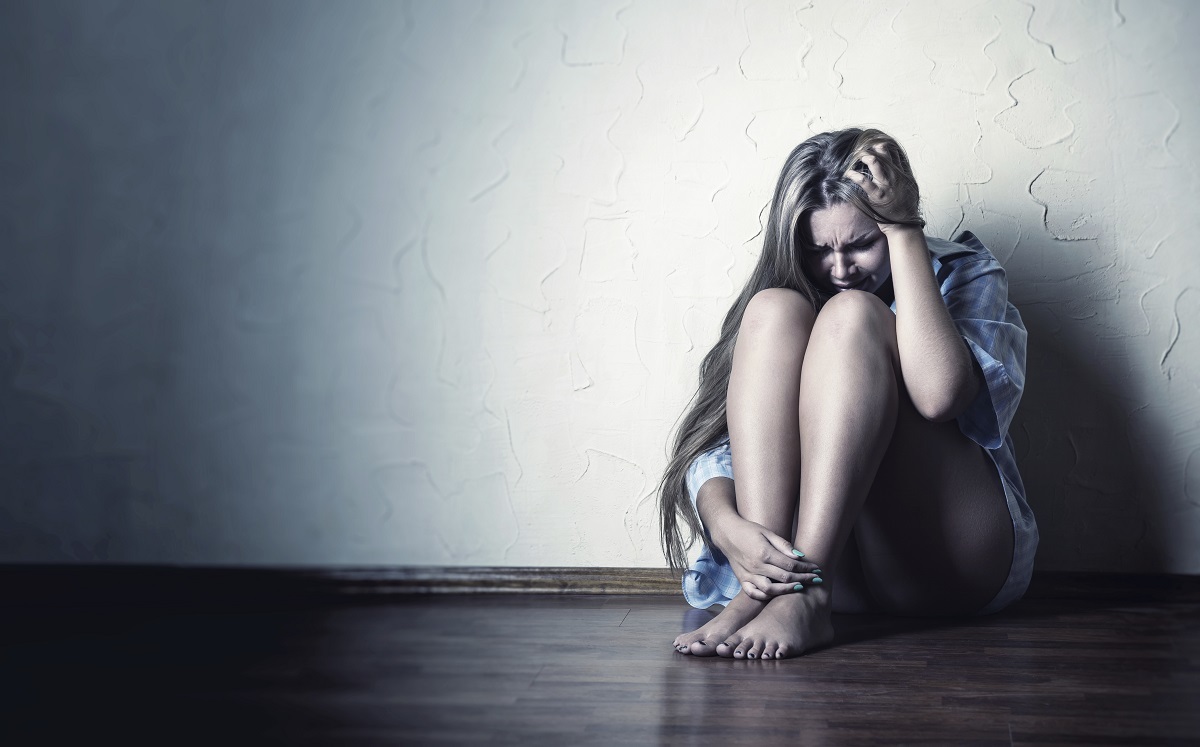
DOMESTIC abuse attacks are up to 40 times more likely in the poorest parts of Scotland than the wealthiest, The Sunday Post can reveal.
Our investigation has laid bare for the first time the breakdown of partner beating incidents by council ward.
It reveals every neighbourhood in the country, bar a small part of the Western Isles, was affected by the crime last year.
It also exposes the link between poverty and domestic abuse.
The worst council ward for the crime is Forth in Edinburgh, which takes in deprived communities such as Muirhouse and Pilton.
It had a total of 687 domestic abuse incidents last year, which equates to just under 62 per 1,000 people.
The figure is in stark contrast to the wealthy ward of Bearsden North in Glasgow, which had an attack ratio of 1.5 incidents per 1,000 people.
The majority of council wards with the highest prevalence of domestic abuse incidents, such as Leith in Edinburgh, are also among the country’s 15% most deprived areas.
In contrast, none of the areas with the fewest domestic incidents, such as East Renfrewshire’s Newton Mearns, are ranked as deprived.
The revelations come in the wake of warnings that the justice system is struggling to cope with the number of domestic abuse cases coming to court.
Dunfermline Labour MSP Cara Hilton, who replaced the wife-beating SNP MSP Bill Walker, said: “Domestic abuse is a scar on our society and these statistics show it affects nearly every community.
“They show that no matter how far we may think we’ve come, there is still much to do to bring an end to domestic abuse in Scotland.
“We need the Government and the police to be taking action, but we also need more education of young people to make sure the next generation of Scots see a further reduction in domestic violence.”
After a long freedom of information battle, Police Scotland released a neighbourhood breakdown of the 59,456 domestic abuse incidents recorded in 2014/15.
Three wards on the Western Isles had no reported incidents last year but beyond the area with the lowest number of cases was Bearsden North with 22.
The highest tally of incidents was in Edinburgh’s Forth.
While it includes the affluent suburb of Trinity, large swathes of the ward are included in the Scottish Index of Multiple Deprivation rankings of most deprived areas.
Men account for around a fifth of all domestic abuse cases.
Nick Smithers, national development officer for the Abused Men in Scotland charity, said: “The data reflects the complexity of domestic abuse.
“The link between areas of deprivation and high numbers of domestic abuse incidents reflects the fact that domestic abuse may occur in conjunction with issues such as alcohol and substance misuse or mental health problems, which are correlated with poverty.
“Alternatively, the areas of low incidents raise significant questions for police and other service providers.”
There is no specific crime of domestic abuse, although it is covered in connection with other offences.
The Scottish Government recently announced plans to modernise the law to try to address this.
The SNP administration will bring forward the Abusive Behaviour and Sexual Harm Bill this year.
It is intended to provide better protection for victims of harassment and outlaw so-called ‘revenge porn’.
Police Scotland has made tackling domestic abuse a bigger priority in recent years, with a string of initiatives.
This has had a knock-on effect with 19% of all sheriff court prosecutions now cases connected with the crime.
The number of people prosecuted for cases involving domestic abuse has jumped from 9,762 in 2010/11 to 13,372 in 2013/14.
Dr Marsha Scott, of Scottish Women’s Aid, said: “This is a really interesting breakdown and shows how widespread the issue is.
“I don’t think it should be a surprise to anyone that perpetrators who are less prosperous are more likely to come to the attention of the police.
“But this is not the entire story.”
A Police Scotland spokeswoman said: “Domestic abuse occurs across all communities in Scotland.
“We are committed to tackling and preventing domestic abuse wherever it occurs and raising awareness through campaigns.”
If you have been affected by any of the issues raised in this article, you can contact the Scottish Domestic Abuse Helpline on 0800 027 1234.

Enjoy the convenience of having The Sunday Post delivered as a digital ePaper straight to your smartphone, tablet or computer.
Subscribe for only £5.49 a month and enjoy all the benefits of the printed paper as a digital replica.
Subscribe